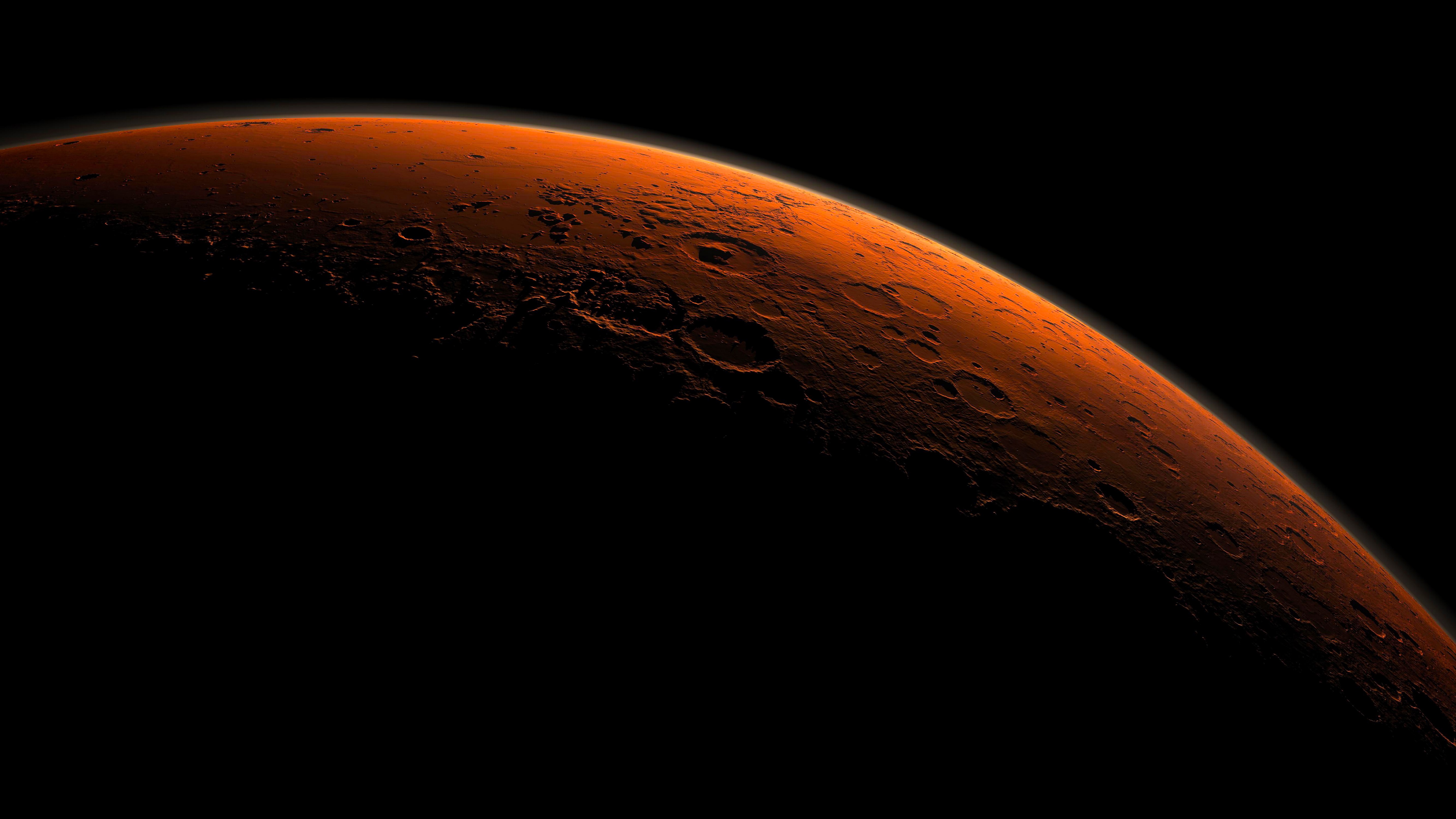Asteroid news, features and articles
Latest about Asteroids
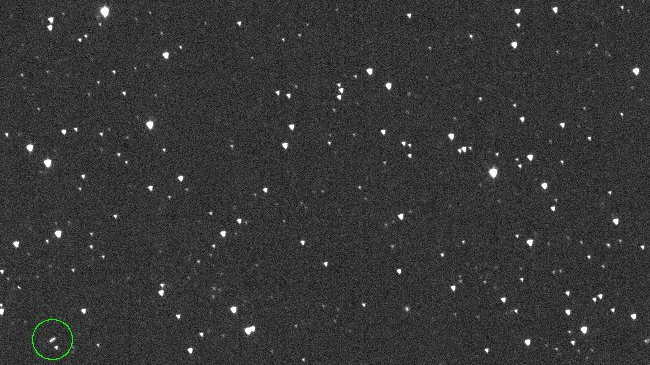
Watch potential 'city-killer' asteroid 2024 YR4 as it hurtles through space
By Patrick Pester published
Asteroid 2024 YR4 has a tiny chance of hitting Earth in 2032, but for now, you can watch it fly harmlessly through space in a short time-lapse video captured by the NASA-funded ATLAS telescope.
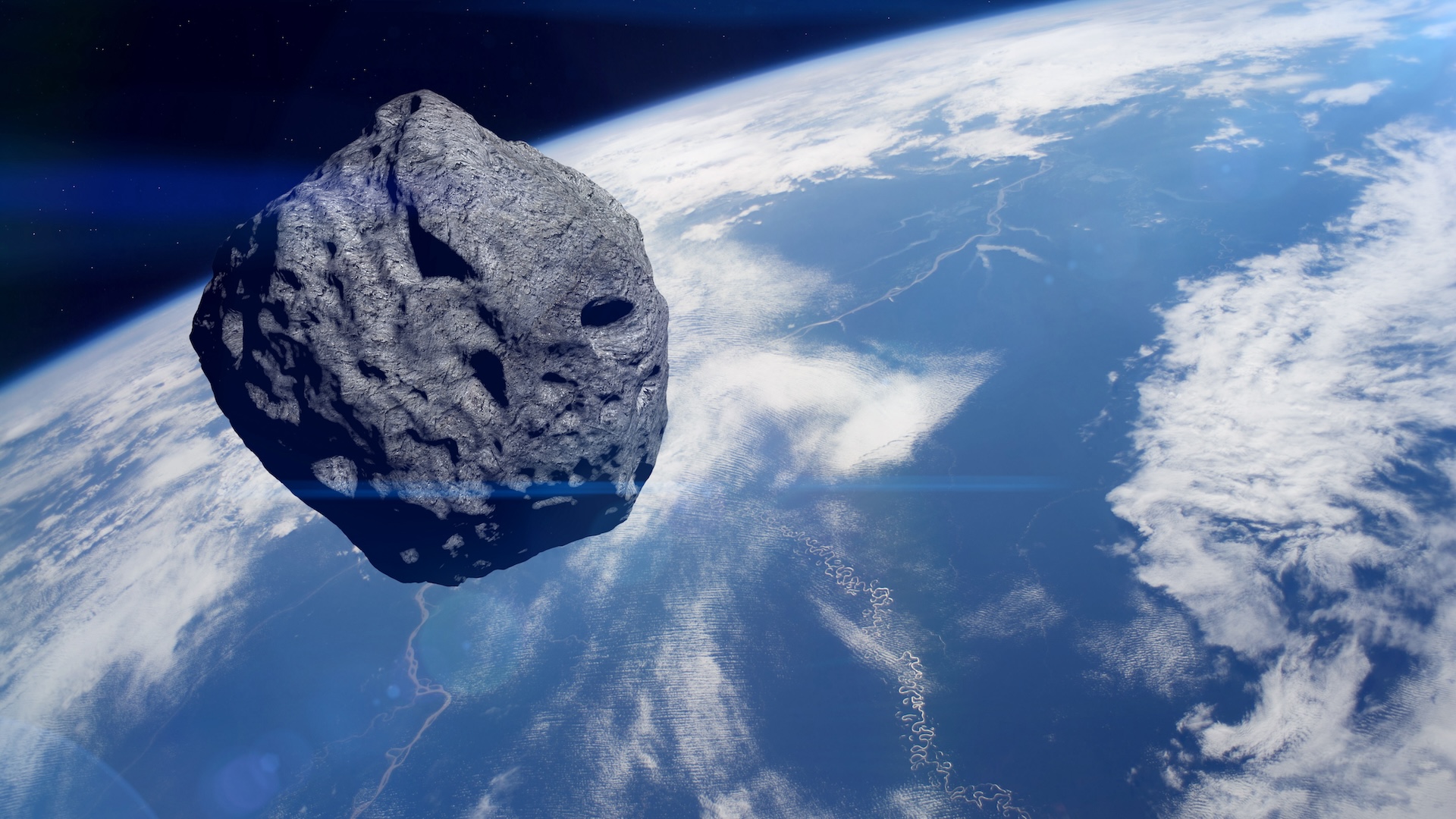
'City-killer' asteroid has a 1-in-43 chance of smashing into Earth in 2032, NASA says
By Joanna Thompson last updated
A space rock dubbed 2024 YR4 has a roughly 2.3% chance of smashing into our planet, NASA scientists announced.
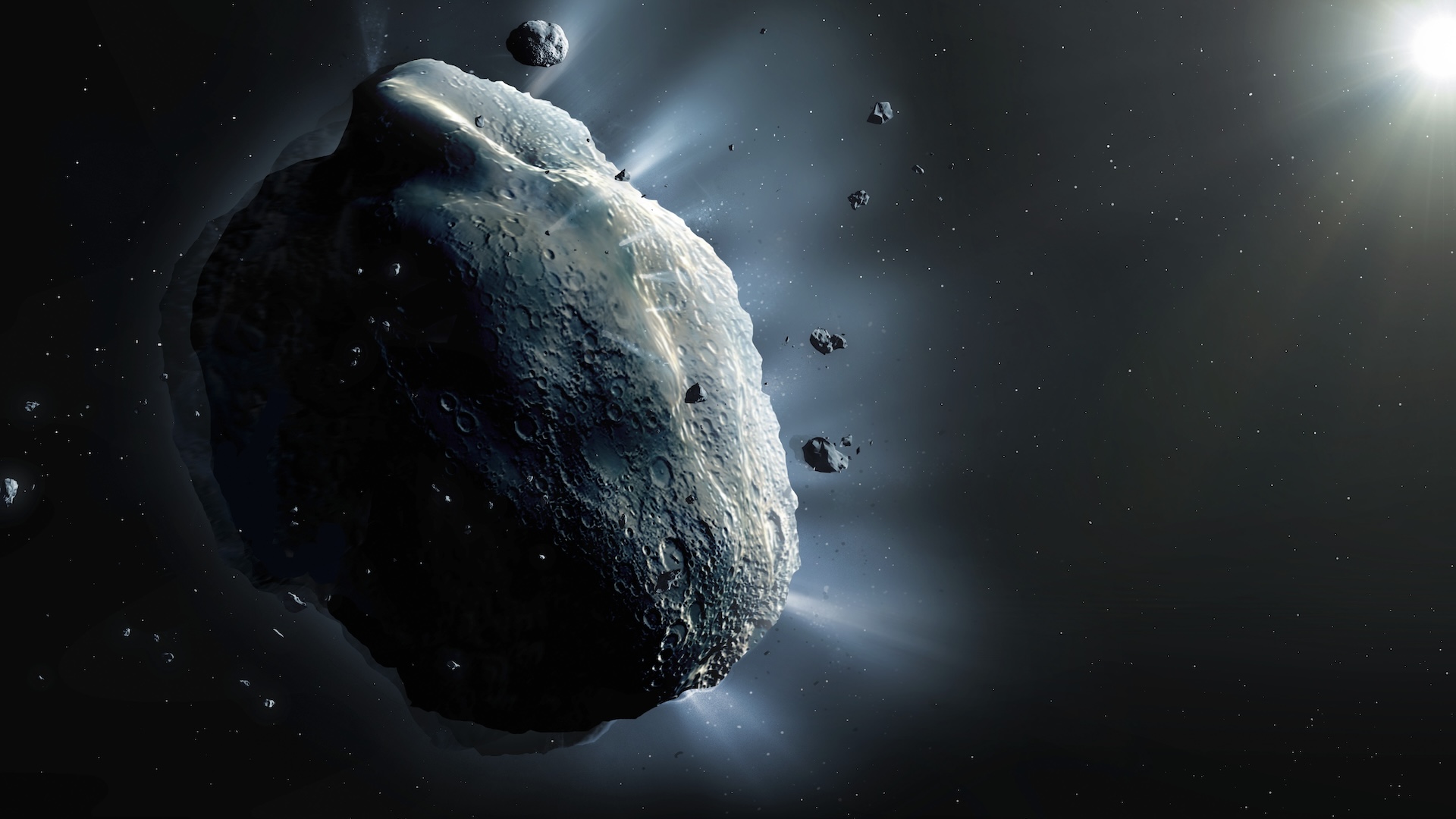
Enormous, mountain-size asteroid will be visible from Earth this weekend in rare 'once in a decade' event
By Brandon Specktor published
The enormous near-Earth asteroid (887) Alinda has made its closest approach to our planet in decades, and it's about to peak in brightness in a rare once-in-a-decade event. Here's how to watch it live this weekend.
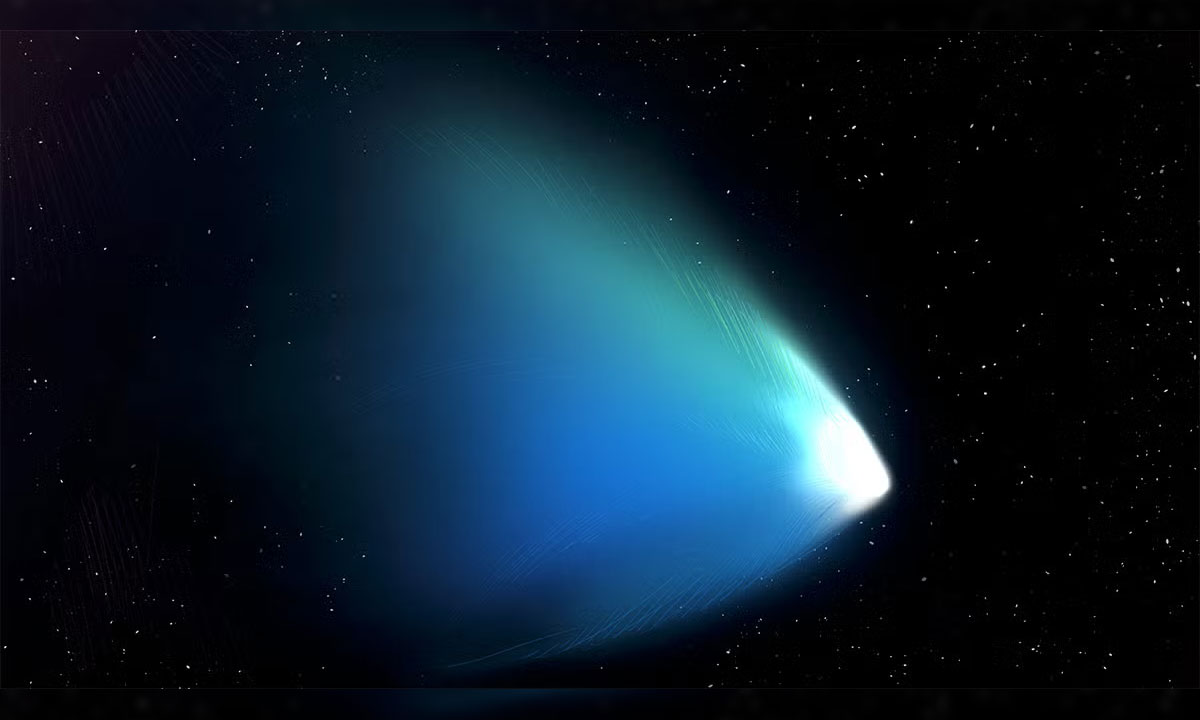
'Like nothing we've seen before': James Webb telescope spies a mysterious asteroid-comet hybrid lurking past Jupiter
By Skyler Ware published
The James Webb telescope has focused its attention on an oddball space rock lurking between Jupiter and Neptune. The unusual "centaur," named 2060 Chiron, has features of both comets and asteroids.
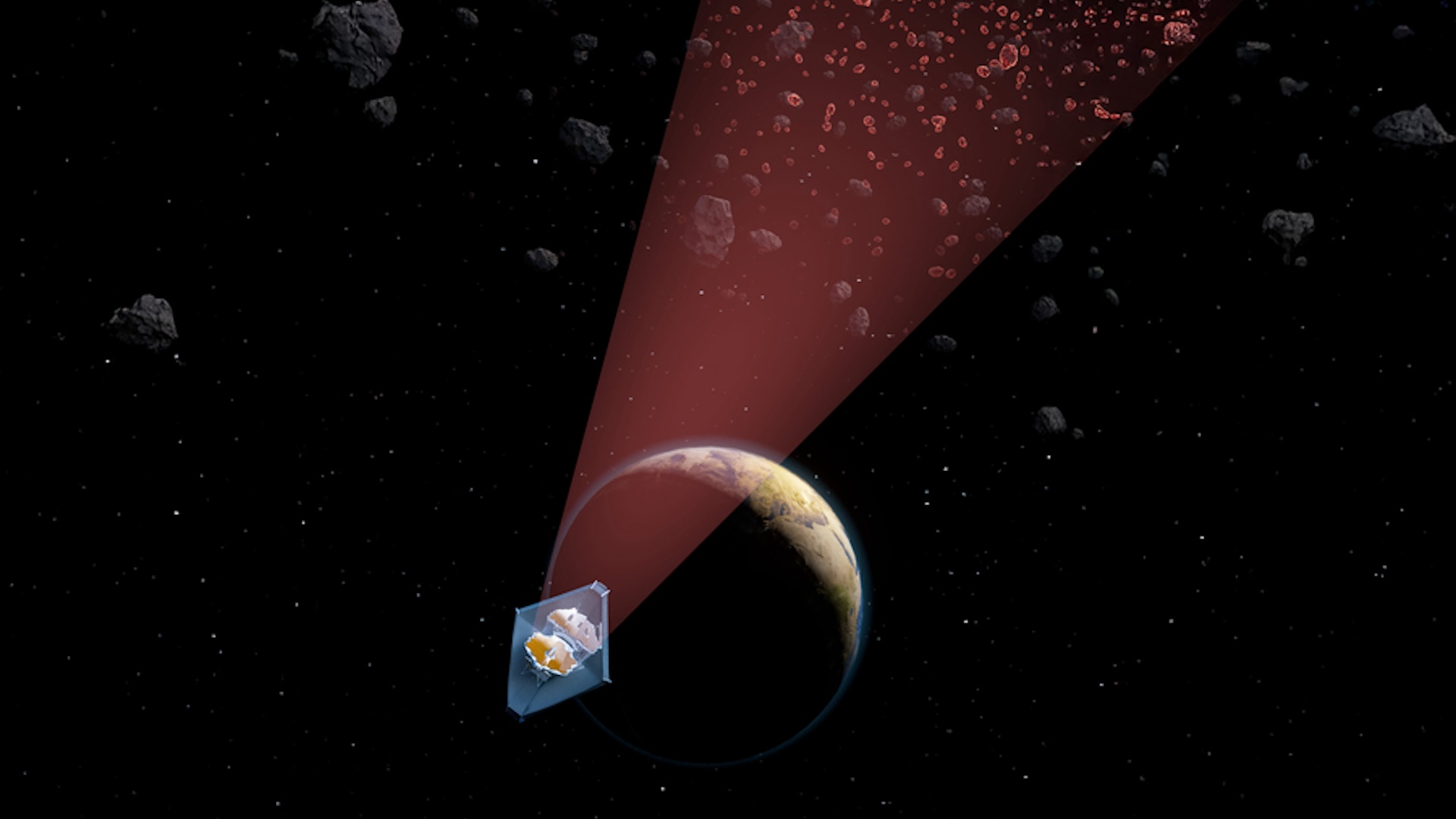
James Webb telescope spots more than 100 new asteroids between Jupiter and Mars — and some are heading toward Earth
By Sharmila Kuthunur published
Astronomers analyzing archival images from JWST have discovered an unexpectedly vast population of the smallest asteroids ever seen in the asteroid belt between Mars and Jupiter.
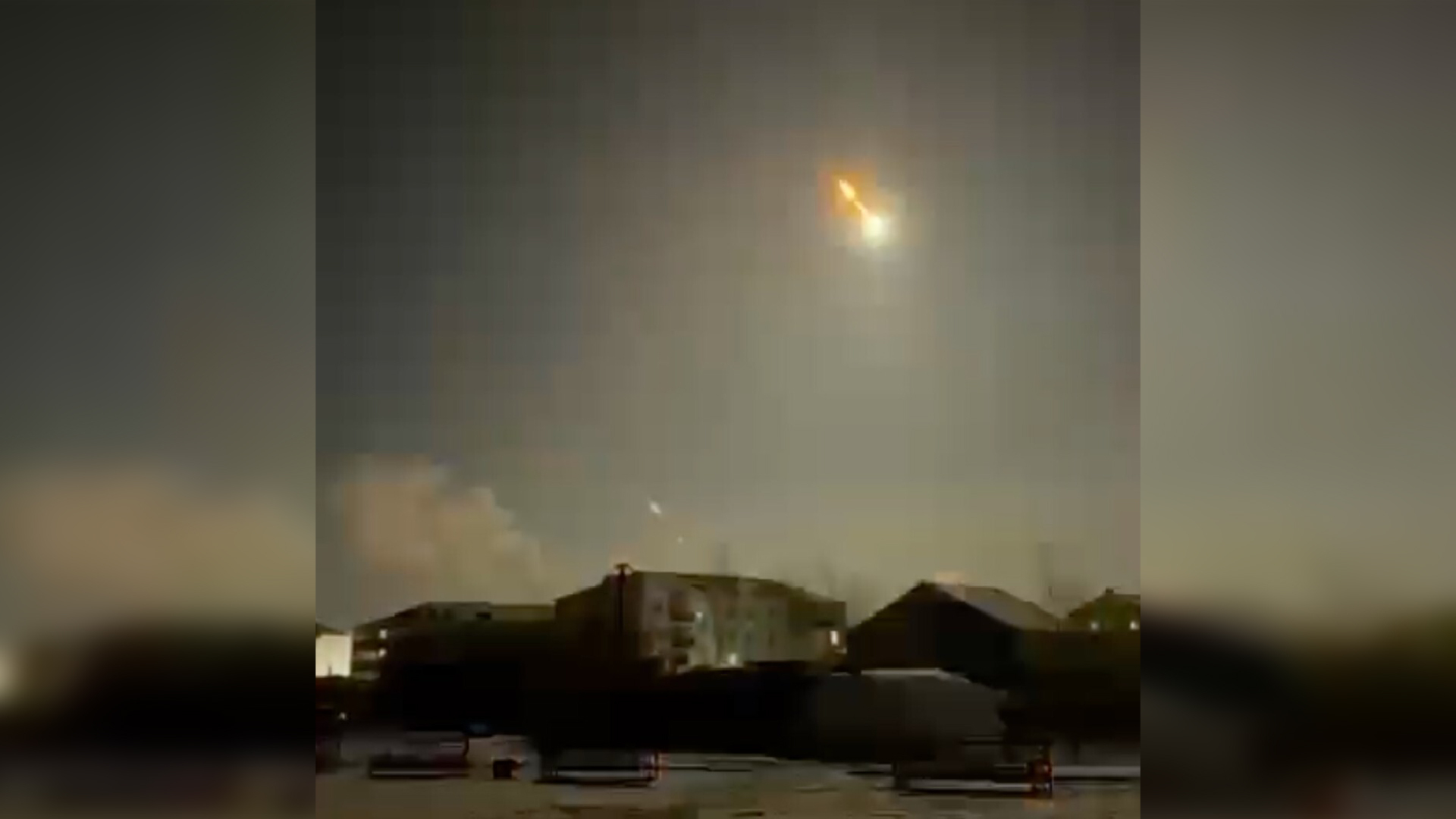
'Spectacular' asteroid blazes over Siberia just hours after it was detected
By Pandora Dewan published
Asteroid C0WEPC5 entered Earth's atmosphere at 1:15 a.m. local time on Dec. 4 over northeastern Siberia.
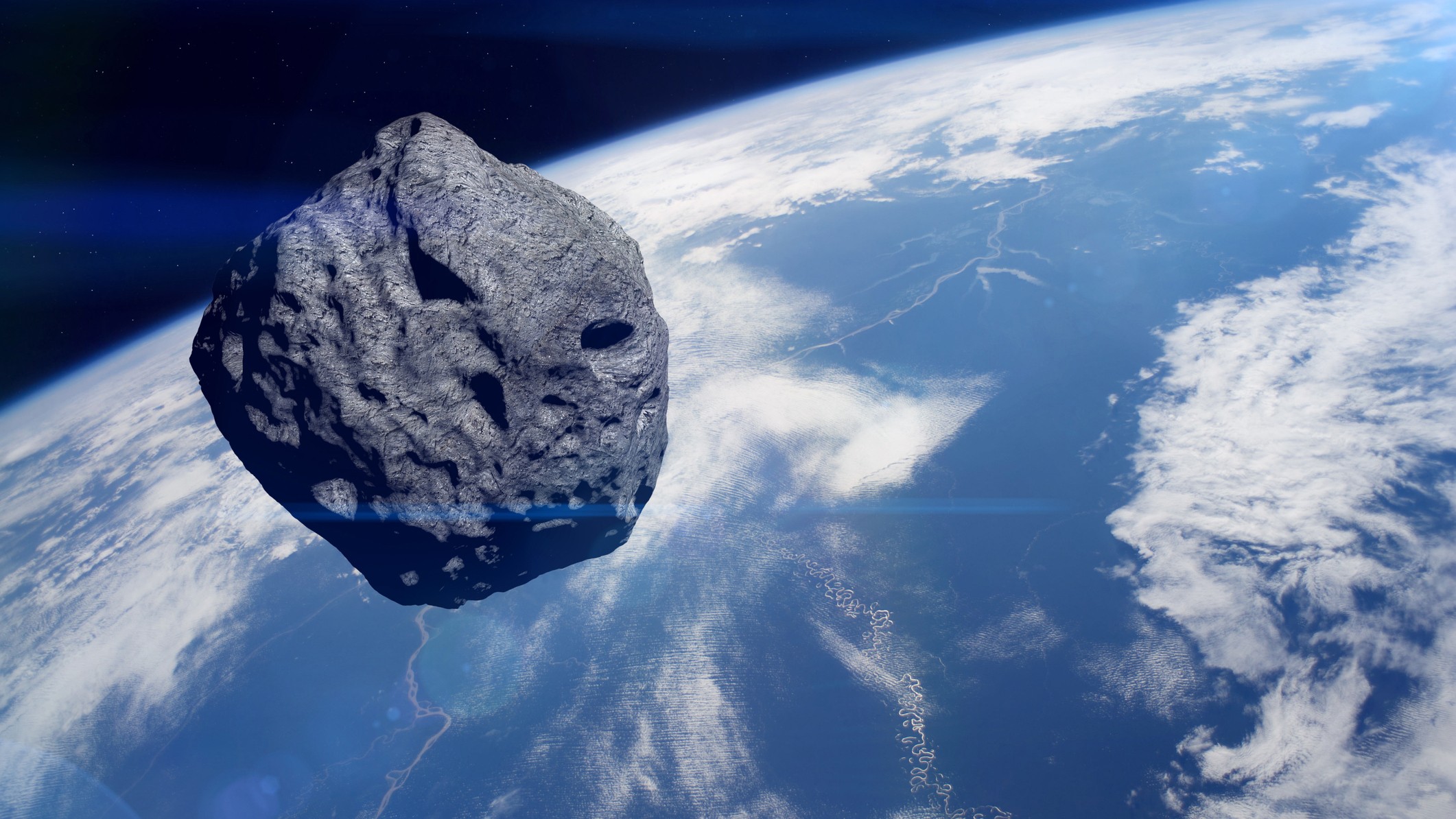
Massive, 'potentially hazardous' asteroid due to make closest-ever approach to Earth tonight — and you can watch it live
By Pandora Dewan published
The stadium-sized asteroid 2020 XR is due to make its closest approach to Earth on record early on Dec. 4, and the encounter will be livestreamed for everyone to see.
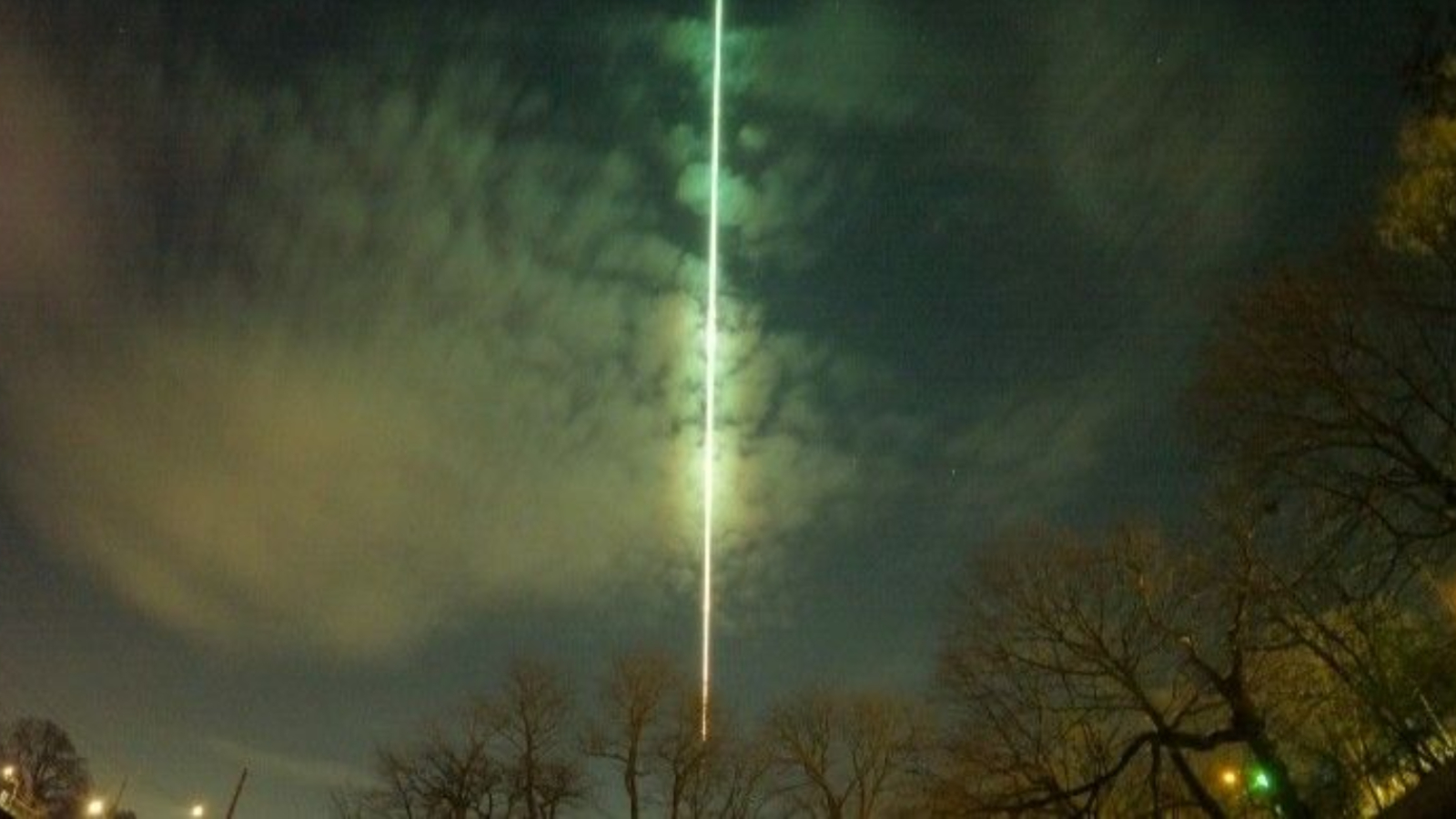
'Fireball' meteor discovered hours before exploding above Niagara Falls was the smallest asteroid ever seen
By Harry Baker published
An asteroid that fell to Earth and exploded above Canada in 2022 was only around 20 inches wide — the smallest space rock ever properly measured, researchers say.
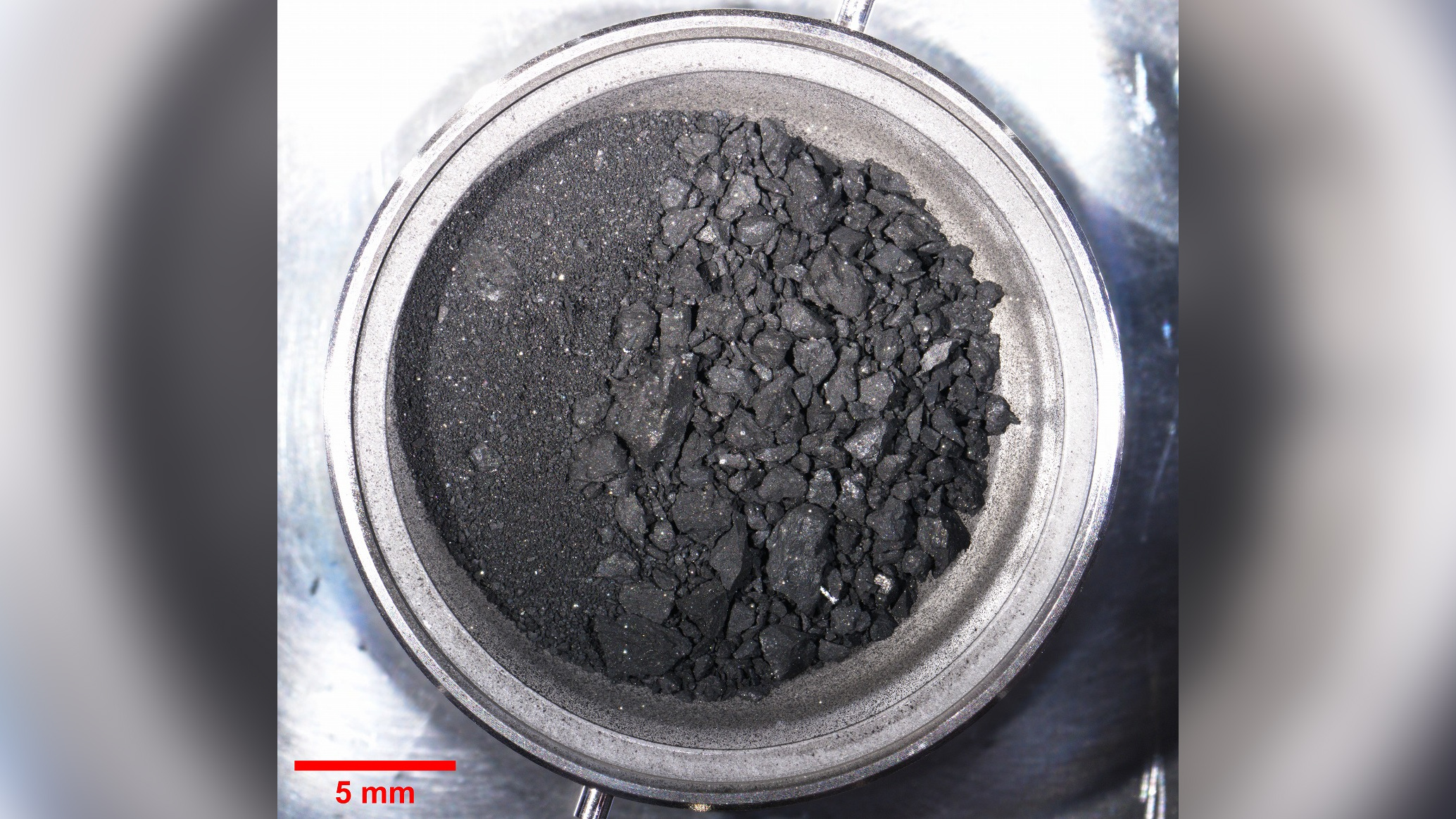
Samples of 'alien' asteroid Ryugu are crawling with life — from Earth
By Ben Turner published
Scientists have found microorganisms crawling over a sample retrieved from the 200 million-mile-distant asteroid Ryugu. But they almost certainly came from Earth.
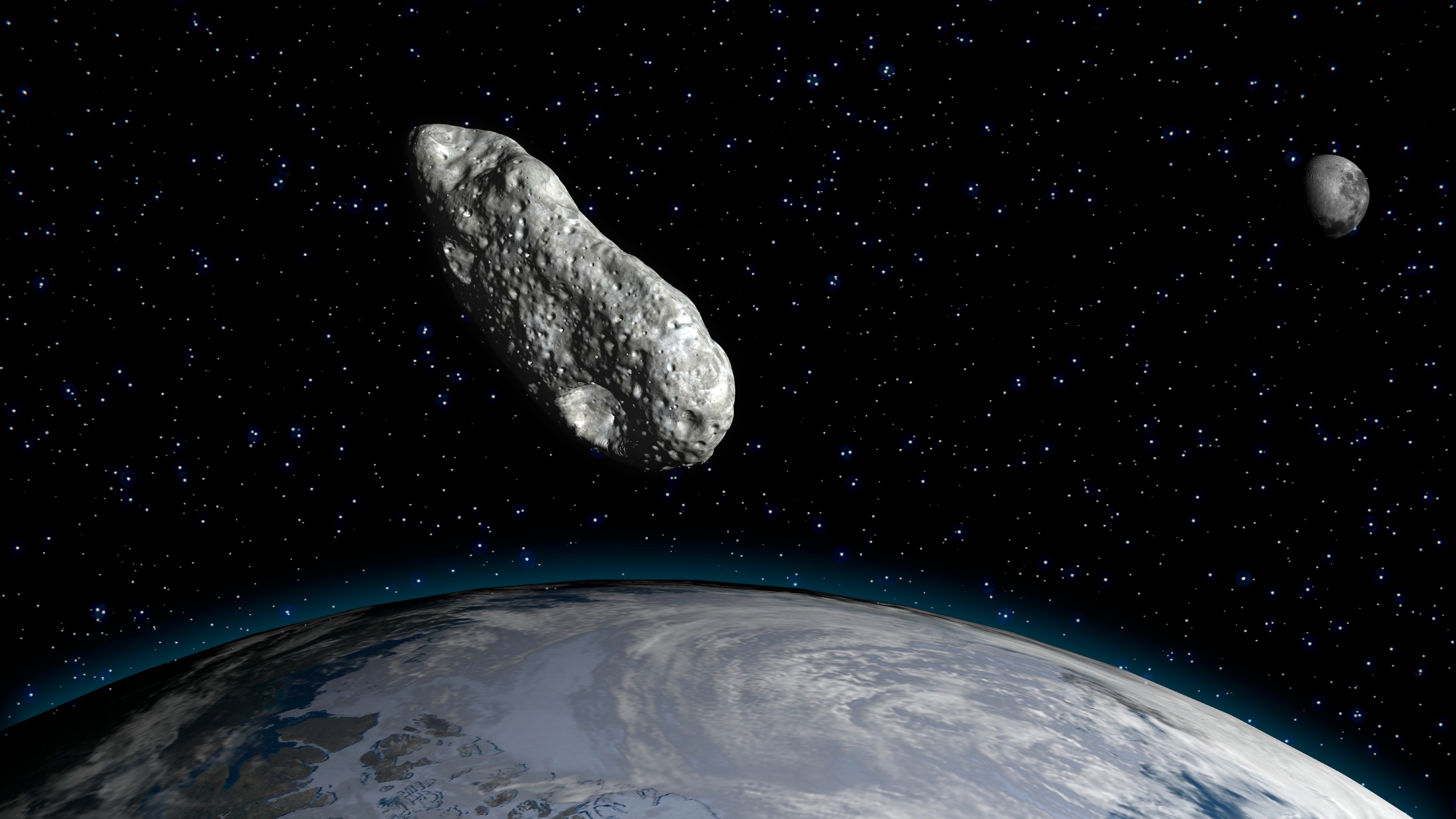
Scientists trace origin of Earth's mysterious 'minimoon' days before it escapes into space for 30 years
By Harry Baker published
A new study reveals that the asteroid 2024 PT5, which has been orbiting Earth for 2 months, may have a "lunar origin." However, it is about to break free from our planet, making it tricky to tell for sure.
Sign up for the Live Science daily newsletter now
Get the world’s most fascinating discoveries delivered straight to your inbox.
